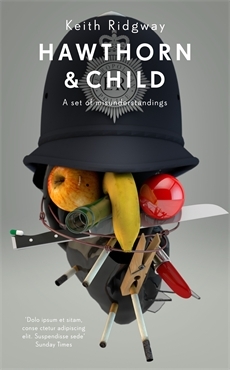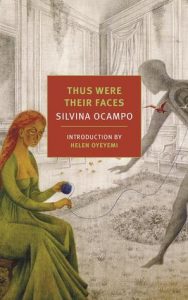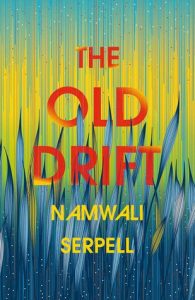
Keith Ridgway
Hallucinogenic noir.
Sharply-dressed detectives, Hawthorn and Child, investigate a drive-by shooting on London’s mean streets. Further bizarre and grisly events unfurl. As the dapper duo turn their attention to each new crime, earlier incidents peel away discarded.
Marketed as a novel, Hawthorn and Child more closely resembles a series of interconnected, unresolved short stories, across which the characters roam at will. These characters include an editor who might be a psychopathic killer, a fat man we meet during a sauna scene of group sex, and a couple experimenting with BDSM who can only really communicate through writing to each other in a shared notebook. Altogether, this anti-novel is strange, unpredictable, violent and sweary.
It all makes for bewildering reading. Why is Hawthorn so weepy? Is the company of wolves terrorising the capital real? Has the gangland boss committed any crime at all?
But Ridgway’s writing is astonishing:
Then Hawthorn looked back at him. Held his eyes. For exactly the amount of time it takes for a look like that to become a look like that.
and,
I listen to the children shouting. Sheer bloody murder. They smell of plastic and nylon. They are smeared in orange and Coke and crisp dust and stinking deodorants.
At heart, Hawthorn and Child speaks of our incomplete knowledge of each other: pieces are elusive, no matter how well we think we know a person.
Obliquely, it also comments on the reader-writer relationship:
[R]eally good artists had lots of empty in their paintings or whatever they did. They left everything out, or most things anyway, but suggested something, so that she could take her own things into the painting.
And so it is.
Mind blown.








